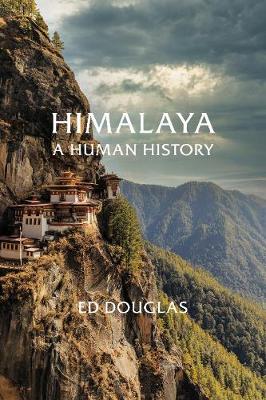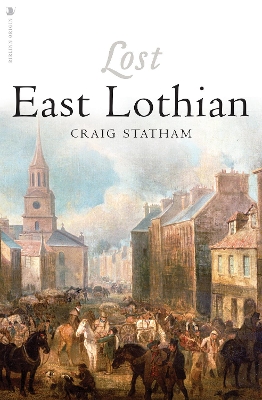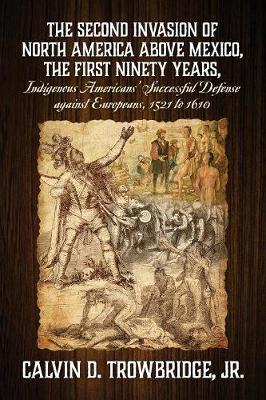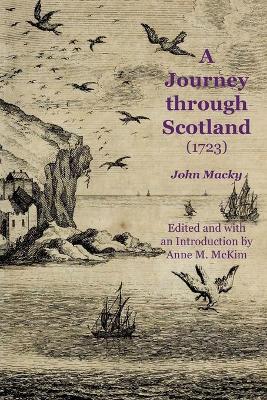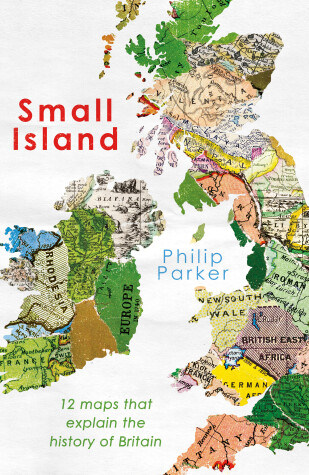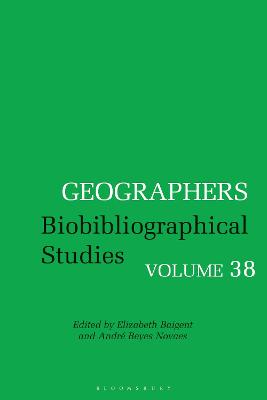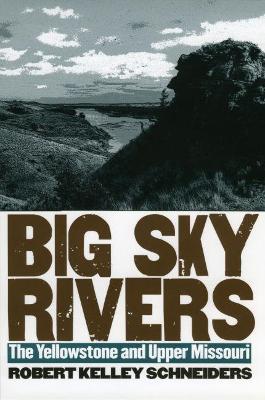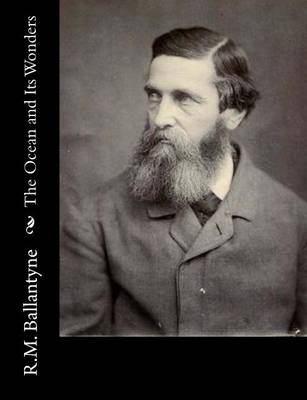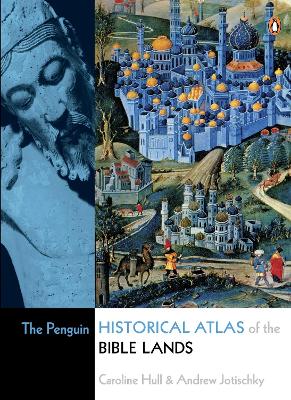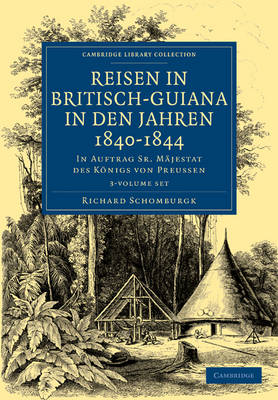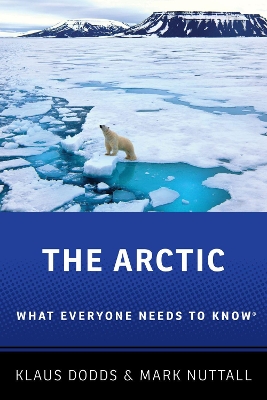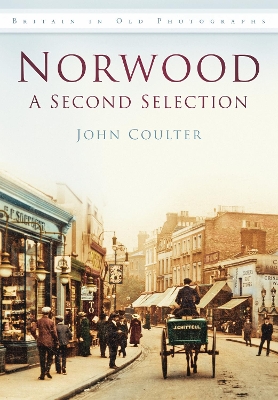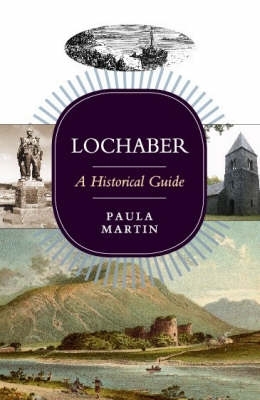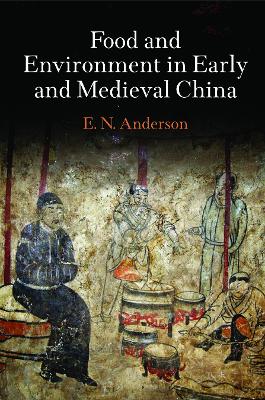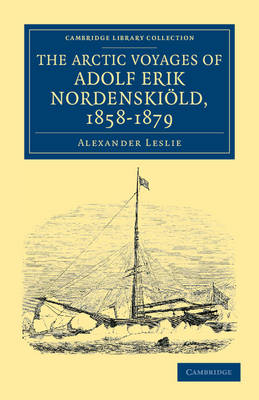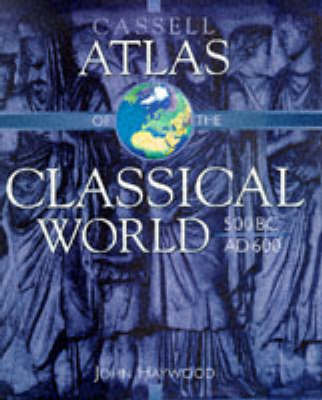SHORTLISTED FOR THE DUFF COOPER PRIZE 2021 / BANFF MOUNTAIN BOOK AWARDS SPECIAL JURY MENTION 2020This is the first major history of the Himalaya: an epic story of peoples, cultures and adventures among the world's highest mountains.Spanning millennia, from its earliest inhabitants to the present conflicts over Tibet and Everest, Himalaya is a soaring account of resilience and conquest, discovery and plunder, oppression and enlightenment at the 'roof of the world'.From all around the globe, the u...
East Lothian, a unitary authority area including the old county of Haddingtonshire, is one of Scotland's most historic places - John Knox was born in Haddington in the early years of the sixteenth century; important links were forged with the Low Coutries as a result of trade; and because of its location between Edinburgh and the border with England, the area was razed frequently by English troops. Significant battles were fought within its boundaries, most notably at Dunbar in 1560 and Prestonp...
A Natural History of Nevis, and the Rest of the English Leeward Charibee Islands in America: With Many Other Observations on Nature and Art; Particularly, an Introduction to the Art of Decyphering (Classic Reprint) (Cambridge Library Collection - North American History)
by William Smith
During his five years in the 1730s as rector of St John's parish on the Caribbean island of Nevis, William Smith collected a number of remarkable seashells, which he presented to the Woodwardian Museum of Fossils at the University of Cambridge nine years after his return to England. When the incumbent Woodwardian Professor, Charles Mason, asked Smith for 'some account' of the Nevis shells, Smith wrote him a series of eleven undated letters, published as this book in 1745, containing observations...
A Journey Through Scotland (1723) (Early guides for travellers in Britain)
by John Macky
In a series of fourteen letters, written in 1722 as he journeyed through Scotland, John Macky set out to show that the 'kingdom will not appear so despicable as some parts of the world imagine'. Deliberately challenging the many negative accounts of the country in circulation at the time - by disgruntled English travellers and others who had never actually visited - this expatriate Scot published a lively and controversial guide to his native land. It proved to be a popular and influential work....
The greatest questions of our future can be answered by twelve crucial moments in Britain's history.It wasn't long-ago that Britons could have been as at home in Varanasi as they could have been in Wolverhampton - why? - because the shape and location of Britain's land-mass has not always been the same, and with large parts of Britain scattered across the globe, British borders and its identity has always been on the move.But, by knowing more about the twelve pivotal moments that occurred over a...
Geographers (Geographers)
Women are the exclusive focus of the 38th volume of Geographers. For the first time in the serial's history, the entire volume is devoted to important work of distinguished female geographers, amply demonstrating how these scholars' professional lives enrich the discipline's history. It also illustrates how reading and writing their biographies not only expands our understanding of geography's past, but points to its more diverse future. The collection includes biographies of Doreen Massey, win...
Historically, it is the land of the bison. But the land across which these powerful herds once thundered has been transformed. We know it today by such names as Montana, Wyoming, Dakota, western Iowa, and Nebraska--but it is really buffalo country, the land of the big sky rivers. This book is a tale of two rivers, a history of the majestic Missouri and how it was once wedded to the Yellowstone. Though quite different today--one dammed into reservoirs, the other unregulated with a semblance of wi...
The Urban Penalty (Cambridge Studies in Historical Geography)
by Gerry Kearns
Peter Heywood (1772-1831) became known for his involvement in the 1789 mutiny aboard the Bounty. After evading a death sentence thanks to a royal pardon, he was able to advance himself in a distinguished naval career, achieving the rank of post-captain. The question of the North-West Passage, a sea route through the Arctic that would connect the Atlantic and Pacific oceans, remained an obsession for the British for much of the nineteenth century. Drawing on his experience as a naval hydrographer...
The Penguin Historical Atlas of the Bible Lands
by Andrew Jotischky and Caroline Hull
Taking in such important themes as the powerful early city-states that dominated the plains, the technological developments that led to terrace farming and population growth in the highlands and the origins and influence of the Philistines, The Penguin Historical Atlas of the Bible Lands will explore the relationship between the books of the Bible and the land from which they came. Including detailed maps on topics ranging from the wanderings of Abraham to Modern Jerusalem, a comprehensive timel...
Celebrating America's favorite cityscapes, this series combines historic interest and contemporary beauty. Then and Now features fascinating archival photographs contrasted with specially commissioned, full-color images of the same scene today. A visual lesson in the historic changes of our greatest urban landscapes.
Richard Schomburgk (1811-1891) accompanied his brother Robert Hermann Schomburgk on his mission to survey the boundary of British Guiana (his account is also reissued in this series). Richard was commissioned by the Prussian government to find new flora, fauna and ethnographical specimens for the Berlin Botanic Gardens and the royal museums. The publication in 1847-1848 in Germany of this three-volume account of the expedition was supported by Alexander von Humboldt, who was a close friend. The...
The Arctic (What Everyone Needs To Know (R))
by Klaus Dodds and Mark Nuttall
As the threat of global climate change becomes a reality, many look to the Arctic Ocean to predict coming environmental phenomena. There, the consequences of Earth's warming trend are most immediately observable in the multi-year and perennial ice that has begun to melt, which threatens ice-dependent microorganisms and, eventually, will disrupt all of Arctic life. In The Arctic: What Everyone Needs to Know®, Klaus Dodds and Mark Nuttall offer a concise introduction to the circumpolar North, fo...
The contrasting suburbs of West, Upper, and South Norwood grew up during the nineteenth century, on the range of hills once covered by the Great North Wood. West Norwood was intended to be smart and exclusive, but that ambition was achieved instead by Upper Norwood, which enjoyed the highest ground, the freshest air and the best views. South Norwood, which developed after the arrival of the railway in 1839, was more industrial and commercial than its older sisters. All three were at their peak o...
Lochaber is a sparsely-populated area, remote but romantic, centred on Fort William. It contains no mediaeval burgh, no major monastic site, and for its size, not even many castles. However, it does include the highest mountain in Great Britain (Ben Nevis, 4406 ft, the deepest lake in Western Europe (Loch Morar) and the most westerly point of the British mainland (Ardnamurchan Point). Daniel Defoe described it as a 'mountainous barren and frightful country ...full of hideous desert mountains and...
Food and Environment in Early and Medieval China (Encounters with Asia)
by E. N. Anderson
Chinese food is one of the most recognizable and widely consumed cuisines in the world. Almost no town on earth is without a Chinese restaurant of some kind, and Chinese canned, frozen, and preserved foods are available in shops from Nairobi to Quito. But the particulars of Chinese cuisine vary widely from place to place as its major ingredients and techniques have been adapted to local agriculture and taste profiles. To trace the roots of Chinese foodways, one must look back to traditional food...
This book provides a clear interpretation of the causes of demographic change in the nineteenth century. This critical period followed the demise of the old pre-industrial population regime (often associated with Malthus's Principle of Population) and the changes that occurred at this time led to the modern twentieth-century pattern in which both fertility and mortality rates are particularly low. The author combines an examination of migration, marriage patterns, fertility and mortality with a...
The Arctic Voyages of Adolf Erik Nordenskioeld, 1858-1879 (Cambridge Library Collection - Polar Exploration)
by Alexander Leslie
The explorer and geologist Adolf Erik Nordenskioeld (1832-1901) led the expedition that first successfully navigated the North-East Passage and circumnavigated the Eurasian continent. This famous expedition took place in 1878-80, on the steamship Vega. However, prior to this expedition, Nordenskioeld had been on a number of voyages to the Arctic, where comprehensive scientific surveys were carried out. This book, first published in 1879, describes his previous voyages, including those to Spitzbe...
A complete guide to every region of the world between the years 500BC and AD600 Full-colour atlas section with annotations, timelines and summary text Detailed A-Z encyclopedic section, with articles on the people, places and events that shaped the development of the classical world Atlas shows political and social developments, wars and military campaigns, religious and cultural change Fully cross-referenced and indexed
